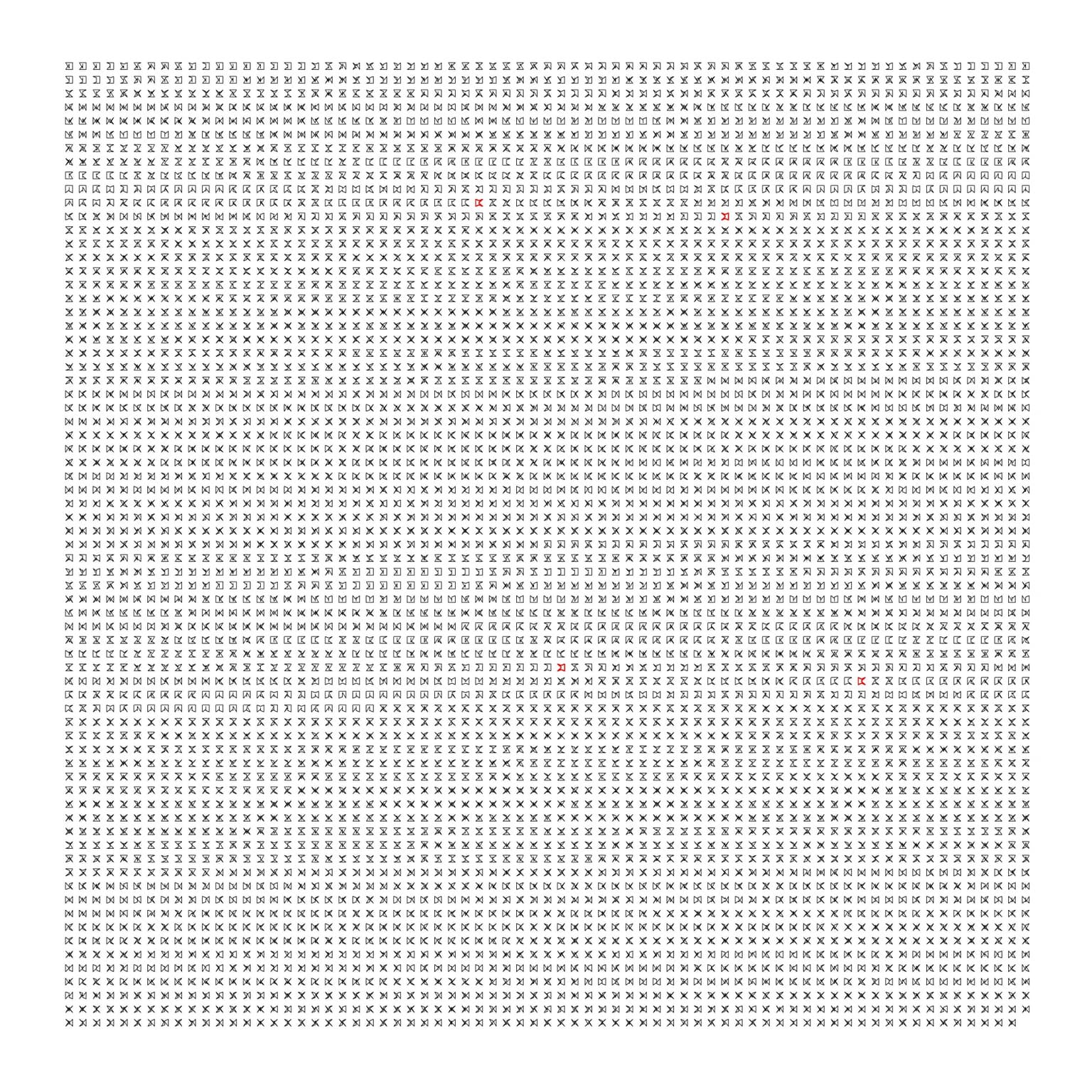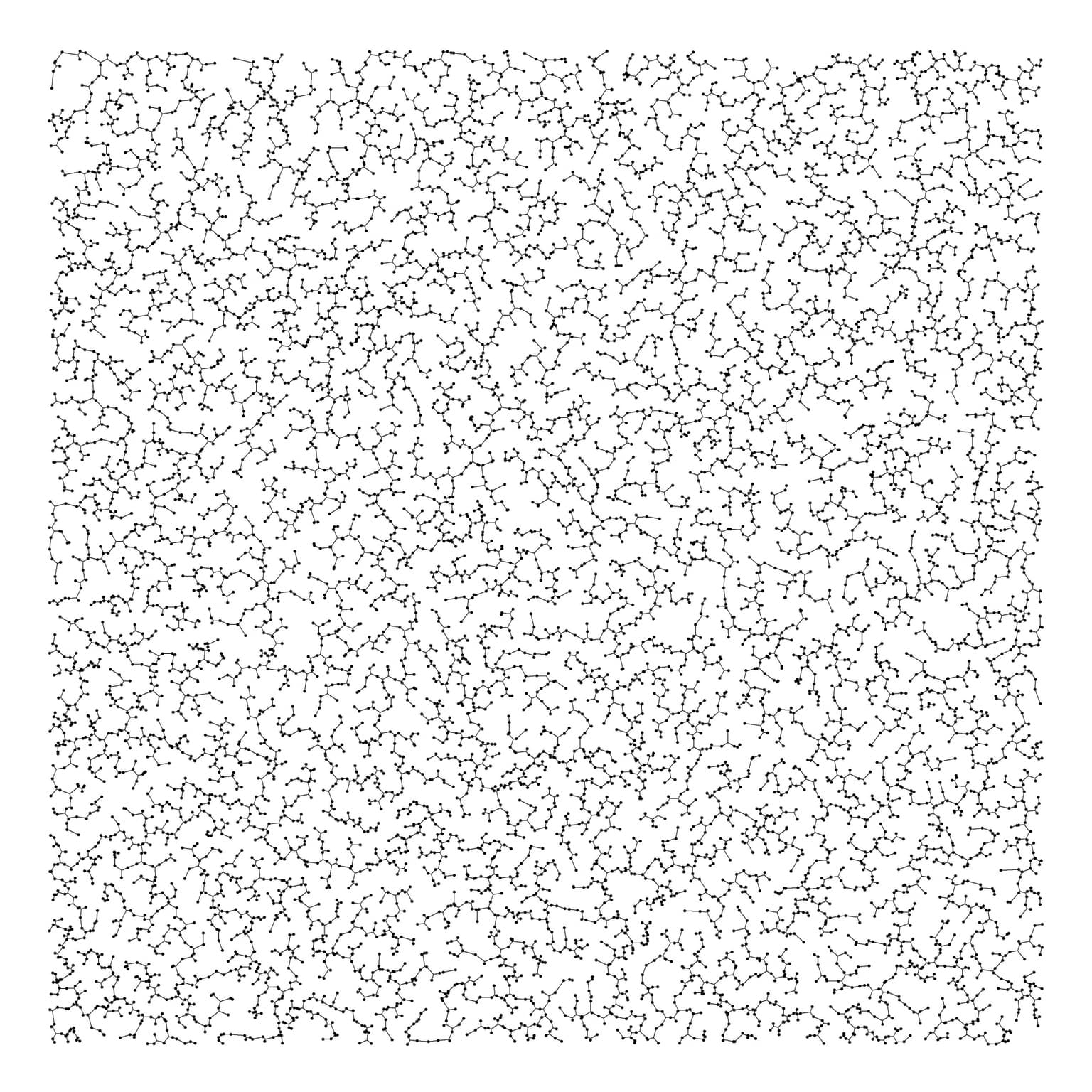Marcus Volz
Artists
Marcus Volz
Research Fellow in optimisation / artist
Melbourne School of Engineering, The University of Melbourne
Melbourne, Australia
Statement
My work explores the inherent visual beauty of mathematics and computation. The works, which are computationally generated, include static visual displays of mathematical patterns and structures, and dynamic animations of mathematical processes. Areas explored include mathematical optimisation, generative algorithms, fractals, cellular automata, machine learning and data visualisation.
Artworks

TSP combinatorial explosion
48 x 48 cm
Static image printer using archival inkjet on rag paper
2017
The travelling salesperson problem (TSP) asks for a shortest tour of a given set of towns, where the tour must start and end at the same town and each town must be visited exactly once. The problem is computationally-challenging because the number of possible tours grows exponentially with the number of cities. This scaling problem is sometimes called the combinatorial explosion. This image shows all 5040 possible directional tours of eight towns with (x, y)-coordinates (0, 0), (1, 0), (1, 1), (0, 1), (0.5, 0.2), (0.5, 0.4), (0.5, 0.6), (0.5, 0.8). The shortest tours, shown in red, are not unique due to the symmetry of the problem. [Note: image is more compelling at printed dimensions]

Minimum Steiner tree interconnecting 20,000 points
48 x 48 cm
Static image printer using archival inkjet on rag paper
2017
The Steiner tree problem asks for a shortest network interconnecting a given set of points, called terminals. The solution may contain additional points, called Steiner points, to reduce the total length of the network. This image displays an exact solution to the Euclidean Steiner tree problem for 10,000 terminals randomly distributed within a 10,000 by 10,000 unit square. Terminals are shown as black dots, while Steiner points are locations where three edges meet (the three edges will always meet at 120 degree angles in an optimal solution). The problem was solved using the GeoSteiner algorithm, which is currently the most efficient exact algorithm for computing minimum Steiner trees. [Note: image is more compelling at printed dimensions]